How I fuel for 20 miles (Tips for Fueling a Long Run)
- April 16, 2017
- Last Updated: March 18, 2024
- 37 Comments
- Running
Hi! I hope you had a wonderful Easter weekend and feel refreshed and rejuvenated. And Happy Boston Marathon day – good luck to all of those running!
I got my long run in Saturday morning and ran with a running group for the first time! It’s clear that running with a group has so many benefits – the social aspects, more motivation, and a quicker pace.
As an Amazon Associate, I may earn from qualifying purchases.
I ran this week’s 20 miles nearly 13 minutes faster than last week. And it wasn’t that I was out killing myself, I just had a group to keep pace with.
There were 9 of us that ran together for 14 miles. I ran three miles before meeting up with the group, and four miles on my own after to get to the 20.
I’ve done plenty of posts about what I eat in a day, but I thought it would be appropriate to do one for how I fuel DURING a long run.
Pre Run Fuel
So, depending on how much time I have before my run (when I run in the morning), I’ll usually have a bowl of oatmeal or some toast with PB and banana, as those are more complex carbs and will provide more longer term, sustained energy.
I’ll have these if I have at least 60-75 minutes before my run. On days where I have less time before a run, like this Saturday morning’s run, I need some quicker acting carbs, aka simple carbs that will turn to glucose faster.
On Saturday I had a bowl of Kellogg’s S’mores cereal + half a banana.
This cereal is a little on the sweeter side, but the extra sugar is what I needed for some “quick” energy. Plus, they tasted really good.
Also, a little bit of coffee, which I always have before a morning run. I’m toying with the idea of cutting coffee out (or just using decaf) the week before my marathon, so that way I’ll really get that extra punch of caffeine on race day.
Has anyone ever tried this?

I usually run with a Fitletic belt for my phone. On my long runs, I usually wear two. I add the second one to hold my fuel.

Fuel During a Run
For the fuels, I’ve been doing Honey Stinger chews + some Huma gels + Tailwind mixed in my water bottle. I love the Tailwind and think it’s a great for people who have stomach pain when running.
You mix it in your water bottle and it provides carbohydrates as well as adequate electrolytes, namely sodium and potassium.
When you are fueling for longer workouts and runs, you want to aim for a variety of carbohydrates sources, which will be better absorbed by the body.
Getting glucose, fructose, maltose and/or sucrose, rather than just glucose can help maximize absorption. Proper absorption will help you avoid hitting the wall, too.
If you are just relying on glucose, your body can only oxidize 60 grams per hour, whereas when you are consuming a combination of carbohydrates, your body can oxidize (use) up to 100 grams per hour.
That equates to your body being more efficient, more instant energy for you, and lower chances of “bonking” or running out of carbohydrate stores.
I also usually take some dried fruit – right now, I’m loving dried pineapples. They are tasty, easy to pack and easy to eat and chew while running.

I didn’t take all of the fuels this time, but I like to have them just in case. Typically, you want to get 30-60 grams of carbohydrates per hour (which is 2-3 gels or 1-2 packs of energy chews), about 100-300 calories.
I have trained my body to actually do a little less fuel (I think having food before I run really helps me to rely less on as much during exercise), but remember that your body may be different.
I typically space out my eating every x amount of miles, or as I feel hungry. You want to think about eating during your run as fuel to help you keep going. It’s not going to be stored. It’s going to be used right away.
Your glycogen (carbohydrate) stores become depleted during longer runs, so we get our energy from 3 main options:
- carbohydrates we ingest during exercise
- breaking down our muscle protein for carbohydrates (this is not ideal and is not an efficient process)
- fat stores (which is pretty much an unlimited energy source, but takes more time for your body to use and break down than carbohydrates).
Post Run Fuel
And then, of course, it’s so important to refuel after exercise. Similar to post half marathon recovery or recovery from a race, you want to get nutrition in as quick as feasible.
The traditional nutrition information is to get something in with carbs and protein within 30-60 minutes after exercise.
I believe there has been some research to refute this hour time window, but nonetheless, I am of the opinion that you should get something in ASAP. Start providing some fuel to those muscles, and you’ll feel less sore in the days following.
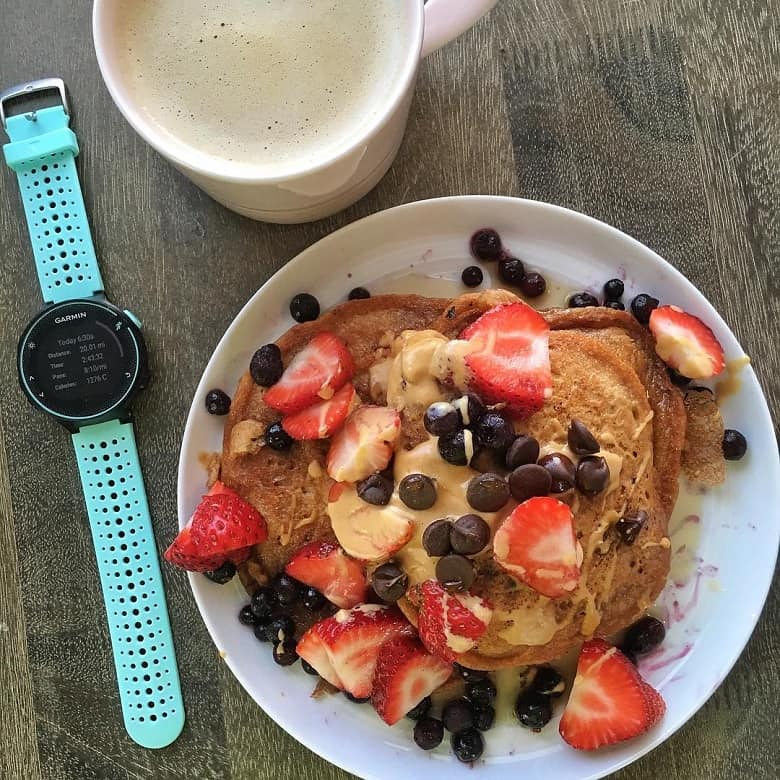
Marathon Training Updates
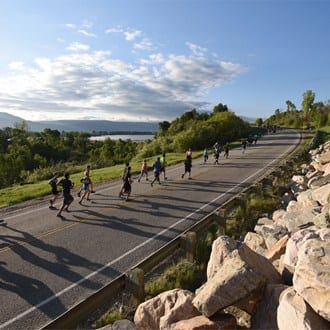
I’m about five weeks out from the Ogden Marathon. I feel like my training is just adequate – it’s nothing over the top.
I’m doing what my plan says, and I’m still enjoying it. I feel grateful to be injury free!
Too much exercise and/or inadequate fueling can contribute to marathon training burnout, so finding a balance is ideal.
What do you like to eat/drink during long runs?
What’s the coolest destination race you’ve done?
Support Bucket List Tummy


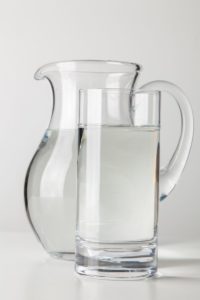




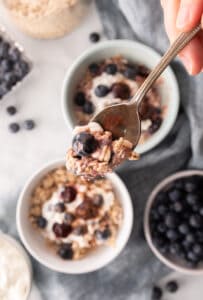


















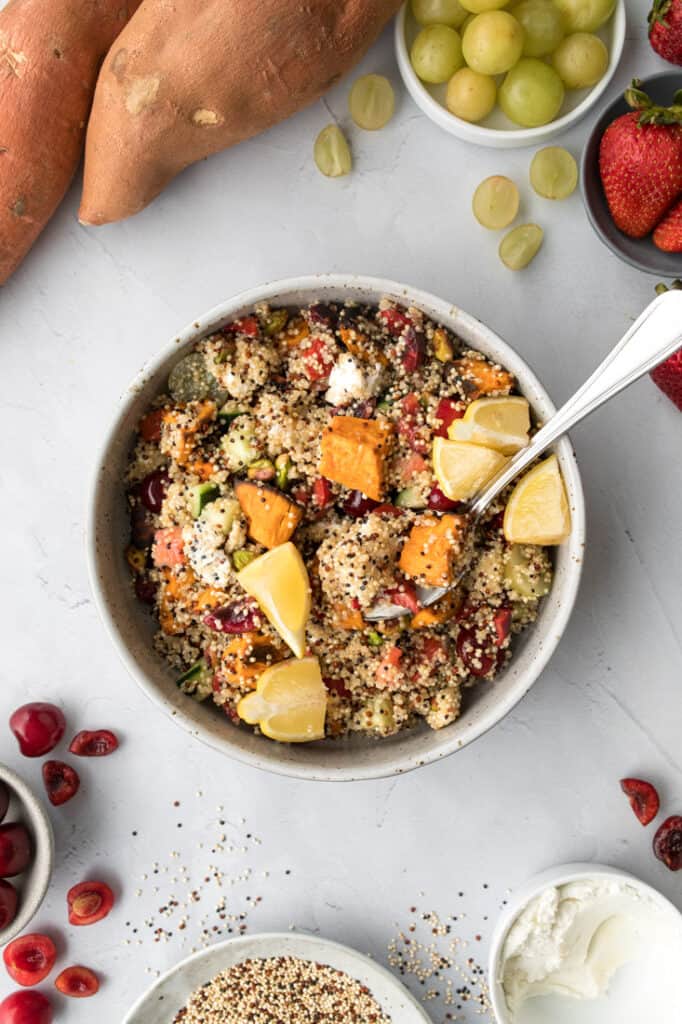

Like This Content?
Support Bucket List Tummy